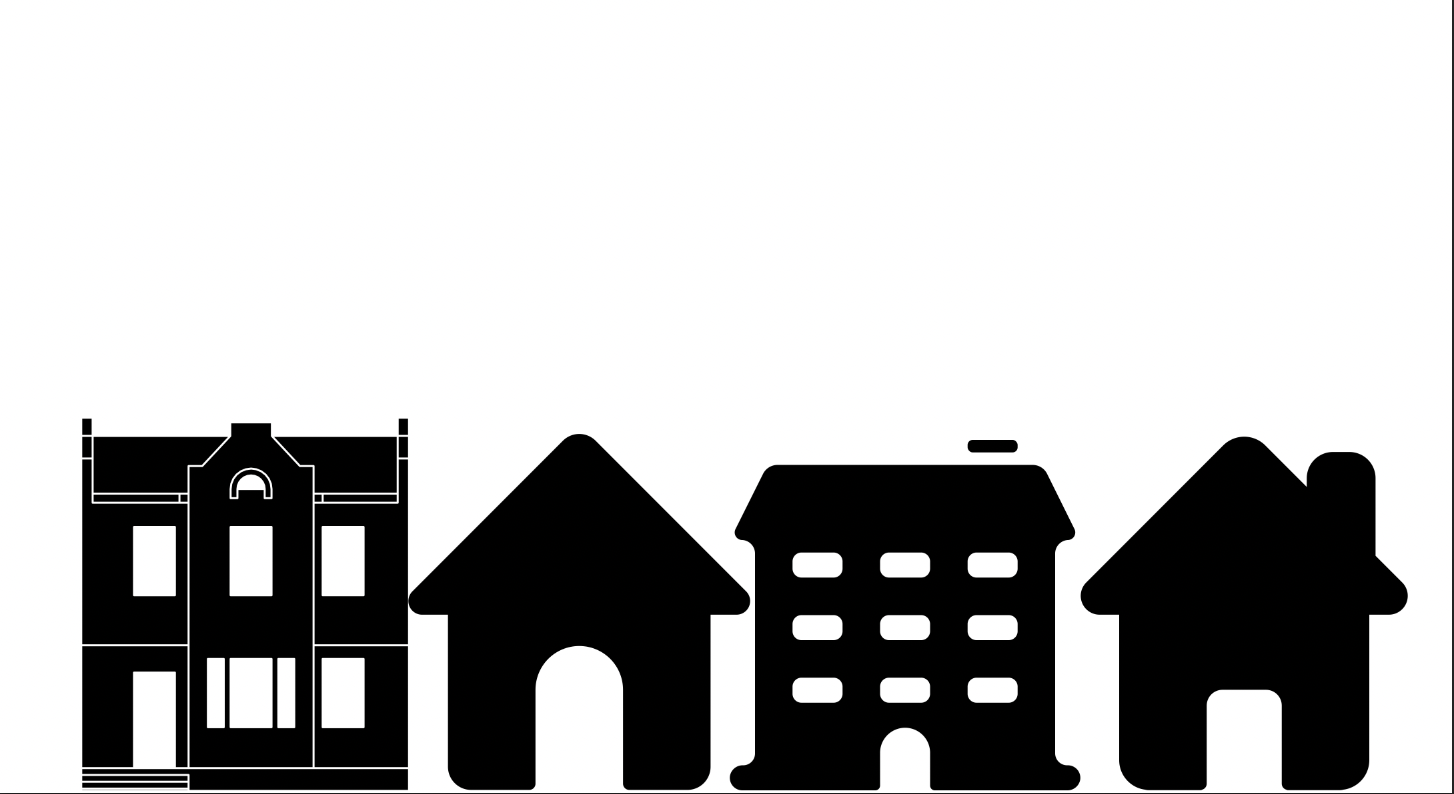Reap the benefits of economic development for yourself and studio-mates by starting an artist housing co-op together. A surprisingly simple process, which can replace the rising cost of rent each year.
Why start a housing co-op?
Finding artist spaces can be difficult. Post-industrial spaces that have been typically used as studios are now being converted into condos. Finding a space to turn into a co-op, or buying from your current landlord, will guarantee continued use of your cultural space and you won’t have to worry about rising costs when you own your space with your colleagues.
Co-ops are owned and managed by their members. While they can be expensive to start, they are much cheaper and more stable in the long term than renting. They can even provide profits for the members. Co-ops also have some legal benefits as they can own things, take out mortgages and enter into contracts.
There are some disadvantages to a housing co-op—entering and leaving a co-op isn’t as flexible or simple as rent, members without some background in real-estate, accounting or other co-op specialties may find it difficult and they often require investors to get started. Still, the benefits may outweigh the cons for some people, especially artists.
Step 1: Find a group
To start a co‐operative you will need at least five members. The more people you have interested in your co‐op idea the better. You can ask artists that may have similar needs. Your ideal members would need some prerequisites.
First, cash to add or income to be able to finance or buy the studio is an advantage. You will need a significant down payment and the number of members will ultimately be decided by their ability to satisfy financing, and will determine how much of a loan will be required, if any.
You would also benefit from members that have skill necessary to manage the co-op, like maintenance, budgeting, understanding zoning laws and the ability to develop a financial plan, and general real estate knowledge. While having a “lay-person” as a member isn’t uncommon, it may present potential problems in further development if your group lacks any skill set.
From the initial members, a board of directors is elected; an Ontario co-op needs three directors at all times. The board leads the organization, approves new members, budgets, and can enter into contracts. The board also appoints officers, for example, a president, secretary, and treasurer.
Step 2: Incorporate
Co-op’s are regulated by the Ontario co-operative corporations act, which regulates how shares are sold or how member fees are collected.
One person needs to be in charge of incorporating. There is a fee of around $250 to file the application.
There are two options for incorporation; for profit, and non for profit. Not-for-profits can accept donations and have a tax advantage, but can be more difficult to incorporate and a for-profit could build equity, so weigh your options before making a decision.
Step 3: Find a space that meets your financial ability
Many co-ops begin by buying the space they already occupy. If your current space satisfies your need, it may be time to ask the current owner for a price. Although finding a new space that better fits your needs is never a bad idea.
Co-operatives can raise money from members, community investors and fees and take on debt financing from financial institutions like credit unions or banks in order to finance their property. This can include obtaining a mortgage or loan to purchase the property.
You may need between five to ten per cent of the total price to satisfy loan requirements, and an extra one or two per cent to cover closing costs, such as lawyer fees, or taxes.
Other costs to consider are hydro, heating, water, and taxes.
Step 4: Generate income
This is an optional step, however, an income generating co-op will be easier to finance and more appealing to members. Some common ways artist co-ops make money are running a member run store, equipment rentals and classes.
Members also decide how income is distributed. Some types of co-operatives return earnings to the members based on how much they have spent at the co-operative. Others, such as some workers’ co-operatives, divide surplus earnings equally among the members. Still, other co-operatives use surplus earnings to reduce the cost of services to members.
Step 5: Maintenance
The success of the co-op is determined by its board, which needs to be experienced and well rounded. There are training programs available to improve member skills. The Ontario co-op association offers free self-directed learning with basic training, board governance and better understanding of co-op legislation.
Board membership will change and members will need to recruit competent leadership. Some of the best suited for a job may come from a background or culture where they will not volunteer, or are shy. Try to personally request a talented individual step up to a directorship, or ask members why they won’t become leaders. Some simple barriers like board meetings interfering with work, accessibility, or a high workload for a board could be mitigated with accommodation.
For physical maintenance of the space, it will require an annual schedule. As an example; checking the concrete for cracks, if the roof is missing any shingles, if the paint is peeling, or chipping. Water will quickly ruin a structure, check gutters for clogging and check if the sump pump is working.
For the interior, depending on how busy the studio is, you may need to check the central air twice a year and the smoke alarm.
Conclusion
While it may be difficult to approach, starting a co-op with like-minded people is easier when the tasks are divided. The biggest hurdle is financial, which can be negotiated among members and creditors. If you’re interested in starting one and are in need of real-estate knowledge, you can email milan.kozomora@century21.ca or use this contact form..




Leave a Reply